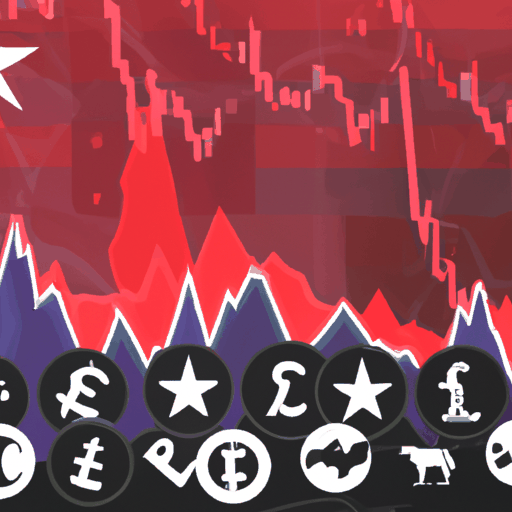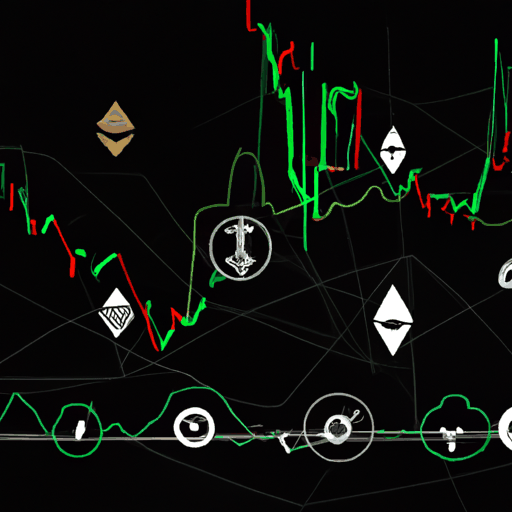
Crowd FUD: A Hidden Opportunity for Crypto Investors
By: Isha Das
The crypto market has always been closely linked with global political changes and economic shifts, but in recent times, emotional trading driven by news about tariffs and geopolitical events has taken center stage. According to insights from analysts at Santiment, emotional reactions to headlines, such as that for a 100% tariff proposed by former U.S. President Donald Trump against China, have been significant contributors to short-term market behaviors. This sentiment-driven trading, often referred to as 'crowd FUD' (fear, uncertainty, and doubt), serves as an inverse indicator for seasoned investors.
The announcement of severe tariffs by Trump resulted in a momentary crash in crypto markets, as retail traders quickly liquidated positions. However, this panic-induced sell-off was met with a rebound once further clarity was provided about the tariffs not being immediately enforceable. Analysts like Brian Q point out that such 'crowd FUD' can be the perfect contrarian signal; when retail emotions heighten, experienced traders often see it as a lucrative opportunity to buy Bitcoin and altcoins at discounted prices.
The cyclical pattern of FUD-driven sell-offs followed by recovery has been recurring throughout 2025. Historical data showcases instances where tariff threats, geopolitical disputes, and interest rate uncertainties have triggered market slumps due to elevated fear levels, only for savvy traders to step in and capitalize on these declines. A survey conducted by Kraken in December 2024 discovered that 81% of crypto users acknowledged that FUD influenced their investment decisions, with 63% admitting that emotional choices typically harmed their portfolios.
One project keenly observing these trends is Bitcoin Hyper ($HYPER). Positioned to leverage Bitcoin's volatility, it focuses on overcoming existing Bitcoin network challenges such as slow transactions and scalability. By integrating with a high-capacity Layer 2 blockchain, Bitcoin Hyper aims to not only preserve the security and stability of traditional Bitcoin but enhance transaction speeds significantly.
Such strategic insights reflect a shift in how crypto investors could navigate market complexities. By monitoring tools like the Fear & Greed Index and analyzing social sentiment and institutional activities, investors could identify when FUD peaks and seize opportunities to invest in promising crypto projects.
This trend underscores the importance of understanding market sentiment dynamics, highlighting the potential for substantial gains when those dynamics are optimally timed within an investor's strategy.



